San Francisco Sustainability
San Francisco is a tech-driven city known for its iconic Golden Gate Bridge, rich cultural history, and hilly landscapes.
San Francisco Sustainability
San Francisco is a tech-driven city known for its iconic Golden Gate Bridge, rich cultural history, and hilly landscapes.
San Francisco Sustainability Insights
✅ Overall Sustainability Score
🌿 Eco-Friendliness
♻️ Zero-Waste Initiatives
🔋 Renewable Energy Adoption
🚯 Recycling and Composting Programs
🌳 Urban Green Spaces
🌾 Urban Farming and Gardening
🐝 Biodiversity Conservation
🛤️ Sustainable Transportation Infrastructure
🌡️ Climate Resilience
🌀 Adaptation to Climate Change
🏞️ Natural Disaster Preparedness
🌊 Water Management Systems
📈 Carbon Reduction Initiatives
🔧 Green Technology Integration
👍 Quality of Life Score
👶 Family Friendliness
🚶 Walkability
🚲 Bike-Friendliness
🛣️ Traffic and Safety
🌟 Air Quality
🏡 Housing Affordability and Quality
🏥 Healthcare Quality
🗯️ Freedom of Expression
🗺️ Cultural Diversity
🤝 Low Discrimination Levels
🌌 Access to Nature
🚀 Startup Ecosystem
📈 Job Market Health
💰 Income Levels
📝 Legal Support and Frameworks
🏢 Sustainable Business Practices
🏗️ Green Building Certifications
🚆 Public Transportation Accessibility
🚌 Electric Buses Availability
🚴 Dedicated Cycling Lanes
🚗 Car-Free Zones
🔌 Electric Vehicle Charging Stations
✈️ Sustainable Airport Practices
🛳️ Eco-Friendly Port Operations
🎭 Cultural Activities and Events
🎉 Festivals and Celebrations
📚 Libraries and Learning Centers
🎨 Art and Creativity Scene
🎶 Music Scene and Events
🥂 Nightlife and Socializing
🛒 Shopping Options
🍽️ Culinary Diversity
🍻 Alcohol and Bar Scene
🐾 Pet Friendliness
🌠 Stargazing Opportunities
📡 Internet Connectivity
📶 Free Public WiFi
💡 Smart City Innovations
🖥️ Public Workspaces
🏢 Coworking Spaces
⚡ Energy Grid Stability
🏖️ Beach Quality
🏞️ Outdoor Activities and Parks
🧗 Adventure Sports Opportunities
🏋️ Fitness Facilities and Gyms
🎣 Fishing Spots
🚣 Water Sports and Activities
🌌 Peace and Serenity Index
😄 Happiness and Wellbeing Score
🎓 Educational Opportunities
📚 Access to Sustainability Education
🧠 Environmental Awareness Programs
🏆 Recognition for Sustainability Leadership
🌡️ Urban Heat Island Effect Management
🏔️ Proximity to Natural Reserves
🛑 Low Pollution Levels
🌧️ Rainwater Harvesting Efficiency
🛤️ Eco-District Developments
💧 Water Quality Index
🌊 Flood Management Systems
City Overview:
San Francisco, California, is a global leader in sustainability, known for its renewable energy, zero-waste programs, and climate resilience. With a focus on green innovation, the city sets benchmarks for urban sustainability while enhancing quality of life.
🌐 Country
🌍 Continent
North America
👥 Population
46.9 square miles
📐 Area
United States
🌡️ Climate Type
Mediterranean climate with mild, wet winters and dry summers
🗺️ Geographic Features
Characterized by rolling hills, a rugged coastline, and the iconic San Francisco Bay
⚡ Renewable Energy Sources
Emphasis on solar and wind energy to reduce reliance on fossil fuels
🌬️ Wind Farms
Utilizes wind energy through regional partnerships
🌞 Solar Power Installations
Promotes rooftop solar panels and community solar programs
🔋 Energy Storage Facilities
Invests in battery storage systems to enhance grid reliability
🛢️ Fossil Fuel Dependency
Actively reducing fossil fuel use through clean energy initiatives
🏭 Industrial Emissions
Implements strict regulations to minimize industrial pollution
🏡 Residential Energy Usage
Encourages energy efficiency and conservation among residents
🏢 Commercial Energy Usage
Supports green building standards and energy audits for businesses
🌳 Carbon Offsetting Programs
Offers programs to offset carbon footprints through local projects
🏆 Carbon Neutral Goals
Aims to achieve net-zero greenhouse gas emissions by 2040
🔌 Electric Vehicle Charging Stations
Expanding EV charging infrastructure citywide
🚗 EV Adoption Rate
High adoption rate of electric vehicles among residents
💧 Water Management System
Advanced systems ensure efficient water use and quality. Visit Waterwise Innovations for details on San Fransisco Water Management.
🌊 Flood Zones
Implements flood management strategies in vulnerable areas
🏞️ Lakes and Reservoirs
📏 Water Levels
Monitors and manages water levels to prevent shortages
🏖️ Beaches
Maintains clean and accessible urban beaches. Checkout CoolContrast.com for details on Northern California Beaches
🔧 Water Technologies
Invests in innovative water conservation technologies
🏭 Desalination Plants
Explores desalination as a supplementary water source
🌧️ Rain Capture Systems
Encourages rainwater harvesting for non-potable uses
🏞️ Rivers
Protects and restores urban waterways
🌊 Dams
Manages dams to balance water supply and ecological health
🚰 Drainage Systems
Upgrades drainage to handle stormwater and prevent flooding
🌿 Sustainability Initiatives in Water
Implements programs to reduce water consumption and waste
💦 Water Quality Index
Maintains high standards for drinking water quality
🌊 Water Flow Rate
Manages flow rates to support ecosystems and water supply
⚖️ Water Rights and Regulations
Enforces policies to ensure equitable water distribution
🛑 Water Restrictions
Imposes restrictions during drought conditions to conserve water
📊 Water Usage Statistics
Provides transparent data on municipal water usage
🚉 Public Transportation Systems
Offers extensive public transit options to reduce car dependency
🚲 Cycling Infrastructure
Expands bike lanes and bike-sharing programs to promote cycling
🚗 Car-Free Zones
Implements car-free areas to enhance pedestrian safety and air quality
🚍 Electric Buses
Integrates electric buses into the public transit fleet
🚊 Light Rail Systems
Operates light rail services to connect neighborhoods
🛴 Micromobility Options (e-scooters, e-bikes)
Supports shared micromobility services for short trips
🛤️ High-Speed Rail Connectivity
Plans for future high-speed rail connections to regional hubs
🛣️ Sustainable Roads
Uses eco-friendly materials and designs in road construction
✈️ Green Airports
Implements sustainability practices at San Francisco International Airport
🛳️ Eco-Friendly Ports
Enhances port operations to reduce environmental impact
🅿️ Parking Solutions for Sustainability
Develops smart parking systems to reduce congestion
♻️ Recycling Programs
Achieves high recycling rates through comprehensive programs
🚮 Waste Segregation Systems
Enforces strict waste segregation to improve recycling efficiency
🗑️ Composting Facilities
Provides citywide composting services for organic waste
🔥 Waste-to-Energy Plants
Explores waste-to-energy technologies to reduce landfill use
🛍️ Plastic Reduction Policies
Bans single-use plastics to decrease pollution
🗑️ Landfill Diversion Rates
Achieves significant diversion of waste from landfills
🌈 Zero-Waste Initiatives
Strives for zero waste through reduction, reuse, and recycling
🌳 Urban Green Spaces
🌿 Native Flora and Fauna
Protects native species through habitat restoration
🦆 Wetlands and Wildlife Protection
Preserves wetlands to support wildlife and mitigate flooding
🏞️ Parks and Nature Reserves
Manages numerous parks and reserves for public enjoyment
🏡 Urban Farming
Supports community gardens and urban agriculture projects. Learn more with the Urban Farming eBook on Flobase
🌾 Vertical Gardens
Encourages vertical gardening to maximize green space. Learn more about Vertical Gardens and Garden Installation Services on RootJoy
🐝 Pollinator Pathways
Creates habitats to support pollinators like bees and butterflies
🌸 Biodiversity Conservation Programs
Implements programs to conserve urban biodiversity
🌡️ Climate Vulnerability Index
Assesses and addresses climate-related risks
🌊 Sea Level Rise Impact
Develops strategies to combat sea level rise
🌪️ Natural Disaster Preparedness
Enhances resilience against earthquakes and other disasters
🔥 Wildfire Management
Implements measures to prevent and respond to wildfires
🌦️ Weather Patterns
Experiences mild, wet winters and dry summers
🌈 Climate Adaptation Strategies
Develops plans to adapt to changing climate conditions
🌀 Resilience Plans for Extreme Weather
Prepares for extreme weather events through resilience planning
🏢 Green Building Certifications
San Francisco mandates LEED certification for many new developments, promoting energy efficiency and sustainable construction.
🏗️ Sustainable Urban Development Projects
The city is transforming neighborhoods with eco-districts such as Treasure Island, designed with green infrastructure. Learn more about Sustainable Development from MakeandBuild.co
🏠 Energy-Efficient Homes
Incentive programs encourage homeowners to adopt energy-saving upgrades, such as solar panels and insulation.
🏬 Smart Buildings
San Francisco incorporates IoT technologies in buildings to optimize energy use and reduce waste.
🌇 Eco-Districts
Mixed-use neighborhoods are being designed with renewable energy, water recycling, and reduced emissions in mind.
🛠️ Construction Materials Recycling
Local policies prioritize using recycled materials in construction and demolition.
💼 Green Jobs
The city has created thousands of jobs in renewable energy, recycling, and environmental services.
🛒 Local Sustainable Markets
Farmers’ markets and eco-conscious shops offer locally sourced, sustainable products.
📈 Economic Impact of Sustainability
San Francisco’s focus on green initiatives boosts tourism, creates jobs, and enhances quality of life.
🏭 Industrial Sustainability Programs
Local industries follow strict sustainability standards to reduce emissions and conserve resources.
📚 Sustainability Education Initiatives
The city partners with schools and universities to promote sustainability awareness and practices. Learn more about Sustainability on Flobase
🤝 Community Engagement
Programs like SF Environment engage residents in waste reduction, energy conservation, and water-saving practices.
🌱 Small Business Sustainability Support
Grants and training programs help small businesses adopt sustainable practices.
🌍 Fair Trade Initiatives
San Francisco supports fair trade markets and ethically sourced products.
🏥 Impact of Sustainability on Public Health
Clean air policies and green spaces significantly improve public health metrics.
🚰 Access to Clean Water
San Francisco delivers high-quality drinking water sourced from the Hetch Hetchy Reservoir.
🏖️ Air Quality Index
Policies reducing vehicle emissions have led to consistently good air quality ratings.
🏃 Walkability Index
San Francisco scores high for walkability, with accessible paths and pedestrian-friendly streets.
🛌 Green Spaces and Mental Health
Parks and urban green spaces contribute to mental well-being and reduce urban heat effects.
📉 Heat Island Mitigation Efforts
Tree planting and green roofs help combat urban heat islands.
🏆 Awards and Recognition for Sustainability
San Francisco has won numerous awards for its zero-waste programs and climate resilience efforts.
📜 Historical Sustainability Milestones
San Francisco was the first major U.S. city to ban plastic bags in 2007, setting a precedent for other municipalities.
📚 Educational Programs on Sustainability
Initiatives like SF Green Schools promote sustainability education for youth.
🌐 Global Sustainability Influence
San Francisco’s policies often serve as models for cities worldwide.
📊 Sustainability Metrics and Rankings
The city consistently ranks among the most sustainable cities globally.
🚨 Emergency Sustainability Plans
San Francisco integrates sustainability into disaster preparedness plans, including backup energy systems and water reserves.
🛑 Resource Conservation During Crises
During droughts, the city enforces mandatory water conservation measures.
🔄 Recycling and Recovery After Disasters
Systems are in place to recycle construction debris and recover materials after natural disasters.
🧯 Fire-Resistant Urban Planning
Strategies to reduce wildfire risks include defensible space regulations and fire-resistant landscaping.
🎨 Art and Sustainability
Public art projects often focus on environmental themes, raising awareness about sustainability.
🎓 University Programs in Sustainability
Local universities like UC San Francisco lead research in renewable energy and climate science.
🏟️ Sustainable Event Spaces
Venues like the Moscone Center are LEED-certified and implement zero-waste policies.
🎉 Green Festivals and Events
Annual events like Earth Day San Francisco celebrate sustainability through workshops, exhibits, and entertainment.
🏛️ Cultural Heritage and Environmental Protection
The city preserves historical landmarks while integrating green technologies for their upkeep.
Culture & Diversity: Sustainability in San Francisco’s Inclusive Communities
San Francisco’s culture and diversity are deeply intertwined with its sustainability efforts, as the city’s inclusive spirit drives community-led environmental initiatives and innovative solutions for a greener future.
The Mission District, with its rich Latino heritage, integrates cultural traditions into sustainability practices. Local organizations host workshops on eco-friendly farming and food sustainability, while vibrant murals often depict messages about climate justice and environmental activism.
Chinatown, one of the oldest and largest in the United States, emphasizes reducing waste through culturally rooted practices like reusable shopping bags and minimizing food waste. Many family-owned businesses adopt eco-conscious packaging and energy-efficient operations, aligning sustainability with tradition.
In Haight-Ashbury, the counterculture movement’s legacy lives on through its embrace of sustainable living. The neighborhood champions secondhand shopping, promoting a circular economy that aligns with its bohemian ethos. Activists in the area frequently organize events to raise awareness about climate action.
North Beach, San Francisco’s Little Italy, incorporates sustainability into its culinary and artistic traditions. Restaurants increasingly source ingredients locally, reducing carbon emissions, while galleries and community spaces feature art installations that highlight environmental themes.
The Castro, known globally for its LGBTQ+ inclusivity, connects its social advocacy with environmental justice. The neighborhood supports clean energy initiatives and often serves as a gathering place for rallies promoting climate equity and green policy reforms.
In SoMa (South of Market), the convergence of tech innovation and cultural diversity fosters solutions for urban sustainability. The area is home to green startups, diverse coworking spaces, and cultural festivals that showcase how inclusivity and technology can drive sustainable progress.
Pacific Heights reflects cultural and environmental stewardship through its historic preservation efforts, where residents balance maintaining architectural heritage with implementing energy-efficient retrofits. The neighborhood also hosts cultural events in green spaces, promoting sustainable community engagement.
At Fisherman’s Wharf, maritime traditions merge with sustainability, emphasizing sustainable seafood practices rooted in generational knowledge. The area celebrates its cultural heritage while promoting eco-tourism and marine conservation.
Noe Valley exemplifies a family-oriented approach to sustainability, with community-led farmers’ markets and eco-friendly events that bring together diverse groups to celebrate local culture and green initiatives.
San Francisco’s cultural diversity is not just a source of pride but a driving force behind its sustainability efforts. By blending traditions, inclusivity, and innovation, the city’s communities show how cultural richness can lead to environmental resilience and a collective commitment to protecting the planet.
Sustainability Efforts: Leading the Way in Green Innovation
San Francisco is a global leader in sustainability, setting ambitious goals and implementing innovative solutions to create a greener and more resilient city. From renewable energy adoption to zero-waste initiatives, the city is dedicated to reducing its environmental impact while enhancing the quality of life for its residents.
The Zero-Waste Program aims to divert 100% of waste from landfills by prioritizing recycling, composting, and reusing materials. San Francisco was one of the first cities in the U.S. to ban plastic bags and continues to lead with restrictions on single-use plastics.
In renewable energy, the city generates a significant portion of its power from solar, wind, and hydroelectric sources. Programs like CleanPowerSF allow residents to choose 100% renewable energy for their homes and businesses, further reducing dependence on fossil fuels.
Urban transportation is being transformed with the expansion of sustainable mobility options, including an extensive network of bike lanes, electric buses, and pedestrian-friendly streets. Car-free zones in neighborhoods like SoMa and the Castro encourage low-emission travel, aligning with the city’s climate goals.
San Francisco’s green building standards are among the highest in the nation. Many new developments are LEED-certified, incorporating energy-efficient systems, renewable materials, and water conservation technologies. Retrofitting older buildings for sustainability has also become a priority.
The city’s commitment to climate resilience includes extensive sea-level rise adaptation plans, urban tree planting programs, and green infrastructure like rain gardens and permeable pavements. These efforts mitigate the effects of climate change while enhancing urban biodiversity.
Water conservation is another cornerstone of San Francisco’s sustainability strategy. Advanced water management systems ensure efficient use and recycling of resources, while rainwater harvesting and desalination projects prepare the city for future droughts.
Community engagement plays a critical role in sustainability. Programs like SF Environment offer residents resources and education on composting, energy conservation, and green living practices. Cultural events often integrate environmental themes, fostering a shared commitment to the planet.
From policy to practice, San Francisco’s sustainability efforts demonstrate how a city can lead by example. By prioritizing renewable energy, waste reduction, green infrastructure, and community involvement, San Francisco continues to set the standard for urban sustainability worldwide.
Wellness & Living: A Greener and Healthier San Francisco
San Francisco’s commitment to sustainability goes hand in hand with its focus on wellness and quality of life. The city integrates green living practices with resources that promote mental, physical, and social well-being, making it a model for urban wellness.
San Francisco’s abundant green spaces, including Golden Gate Park and Presidio National Park, provide residents with opportunities to connect with nature, reduce stress, and engage in outdoor activities. Urban tree-planting initiatives and green rooftops contribute to cleaner air and cooler temperatures, creating a healthier urban environment.
The city’s emphasis on active transportation, such as walking and cycling, promotes both physical fitness and environmental sustainability. With a highly walkable layout and an extensive network of bike lanes, San Francisco encourages low-impact commuting that benefits both individuals and the planet.
Access to fresh, organic food is supported by local farmers’ markets and community-supported agriculture (CSA) programs. These initiatives prioritize sustainably sourced produce, reducing food miles and supporting the local economy while providing residents with healthier dietary options.
San Francisco also prioritizes mental health and social well-being, offering wellness programs, yoga classes, and mindfulness workshops in parks and community centers. These initiatives often incorporate eco-conscious themes, fostering a deeper connection between personal health and environmental stewardship.
The city’s healthcare system includes a strong focus on preventive care and public health, with sustainable practices integrated into hospitals and clinics. Facilities often adopt energy-efficient designs and waste reduction programs to align with the city’s green goals.
Energy-efficient homes and green buildings further enhance quality of life by providing healthier indoor environments. Improved air quality, natural lighting, and sustainable construction materials reduce residents’ exposure to toxins and promote overall well-being.
Community engagement plays a significant role in wellness, with events like car-free street days and neighborhood cleanups bringing people together while promoting eco-friendly practices. These gatherings foster a sense of belonging and shared responsibility for the city’s future.
By aligning sustainability with wellness, San Francisco ensures that its residents thrive in a clean, green, and health-conscious urban environment. From outdoor recreation to healthy living initiatives, the city demonstrates how sustainable practices can directly enhance quality of life.
Food & Dining: Sustainable Culinary Excellence in San Francisco
San Francisco’s food and dining scene is a reflection of its commitment to sustainability, offering a diverse array of eco-conscious culinary experiences. From farm-to-table restaurants to locally sourced farmers’ markets, the city leads the way in promoting sustainable practices in the food industry.
The city is home to numerous farm-to-table restaurants that prioritize organic, seasonal ingredients sourced from nearby farms. These establishments reduce food miles, support local agriculture, and create a direct connection between diners and the environment. Popular spots like Greens Restaurant and Zuni Café are celebrated for their commitment to sustainability and fresh flavors.
San Francisco’s farmers’ markets, such as the Ferry Plaza Farmers Market, provide residents with access to locally grown produce, artisanal goods, and sustainable seafood. These markets are hubs for community engagement and promote eco-friendly consumption by emphasizing seasonal and organic options.
The city has a robust focus on sustainable seafood, adhering to guidelines that protect marine ecosystems. Restaurants partner with organizations like the Monterey Bay Aquarium’s Seafood Watch program to ensure their menus feature responsibly sourced fish and shellfish.
San Francisco’s diverse neighborhoods contribute to a rich culinary tapestry that incorporates global flavors with a sustainable twist. In Chinatown, you’ll find eco-conscious eateries minimizing food waste, while in the Mission District, many taquerias use locally sourced ingredients. Across the city, chefs are reimagining traditional cuisines with a focus on reducing their environmental footprint.
Efforts to combat food waste are woven into the city’s dining culture. Many restaurants participate in food recovery programs, donating excess food to local shelters and nonprofits. Composting initiatives are also widespread, aligning with San Francisco’s ambitious zero-waste goals.
Plant-based dining has seen significant growth, with a surge in vegan and vegetarian restaurants. These establishments not only cater to health-conscious diners but also play a crucial role in reducing the environmental impact of the food industry by lowering greenhouse gas emissions associated with meat production.
San Francisco’s commitment to sustainability extends to its beverage scene as well. The city boasts eco-friendly coffee roasters, wineries focused on organic and biodynamic practices, and breweries that prioritize water conservation and energy efficiency.
Through its innovative approach to food and dining, San Francisco proves that sustainability and culinary excellence can go hand in hand. The city’s vibrant food culture not only delights the palate but also inspires a deeper appreciation for environmentally responsible choices.
Housing & Costs: Sustainability and Affordability Challenges in San Francisco
San Francisco’s housing market is as dynamic as the city itself, shaped by its focus on sustainability and the challenges of high living costs. While the city is a leader in green building practices, the affordability of housing remains a pressing concern for many residents.
San Francisco is known for its commitment to sustainable housing through eco-friendly designs and energy-efficient retrofits. Many new developments are LEED-certified, incorporating renewable materials, solar panels, and advanced water conservation systems. Retrofitting historic Victorian and Edwardian homes for energy efficiency has also become a widespread practice, preserving the city’s architectural charm while reducing environmental impact.
Despite its sustainability achievements, housing affordability is one of San Francisco’s most significant challenges. The city’s desirable location and booming economy, particularly in the tech sector, have driven up housing costs. Rental prices and home values are among the highest in the country, making it difficult for many residents to afford long-term living in the city.
The city has implemented initiatives to address these challenges, including the construction of affordable housing units that meet green building standards. Programs like the San Francisco Housing Accelerator Fund aim to increase the availability of eco-friendly, affordable homes for low- and middle-income families.
Shared housing models, co-living spaces, and micro-apartments are gaining popularity as sustainable and cost-effective alternatives. These options reduce per-person resource consumption and make living in the city more accessible for young professionals and students.
San Francisco’s transit-oriented developments are another key strategy for sustainable housing. By building residential spaces near public transportation hubs, the city reduces car dependency and encourages eco-friendly commuting, contributing to both environmental and financial savings for residents.
While the high cost of living remains a hurdle, San Francisco’s focus on green housing solutions demonstrates its commitment to creating a sustainable future. The city continues to explore innovative approaches to balance its economic vitality with environmental responsibility and inclusivity, making it a leader in urban sustainability efforts.
Outdoor Activities: Embracing Nature in San Francisco
San Francisco’s outdoor activities are a testament to its commitment to sustainability and connecting residents and visitors with nature. With its unique geography and mild climate, the city offers a variety of eco-friendly experiences that showcase its dedication to preserving green spaces and natural resources.
Golden Gate Park, spanning over 1,000 acres, is a hub for outdoor recreation and environmental education. Visitors can enjoy walking trails, botanical gardens, and the Conservatory of Flowers while learning about local biodiversity and sustainable landscaping practices. The park also hosts community events that promote environmental awareness.
The iconic Golden Gate Bridge isn’t just a landmark but also a favorite for eco-friendly activities like cycling and walking. The surrounding Presidio offers miles of hiking trails with stunning views of the bay, restored wetlands, and opportunities to learn about the area’s ecological restoration efforts.
For beachgoers, Ocean Beach and Baker Beach provide serene coastal escapes. These areas are part of ongoing conservation programs aimed at protecting marine ecosystems and reducing litter through clean-up initiatives. Wildlife enthusiasts can explore Crissy Field, a former military airfield turned ecological haven, which supports native species and offers kite flying, bird watching, and kayaking.
Outdoor enthusiasts can venture to Twin Peaks for breathtaking views of the city and hiking trails that highlight San Francisco’s urban biodiversity. The area is also part of the city’s efforts to combat erosion and promote native plant growth, making it a great spot to witness sustainable land management in action.
For those seeking adventure, the San Francisco Bay offers water activities like paddleboarding, sailing, and kayaking, all while respecting marine conservation guidelines. Rentals often come from eco-conscious operators who prioritize sustainable practices.
Urban farming is another outdoor activity that connects residents with sustainability. Community gardens like those in the Mission District allow locals to grow their own food while learning about organic farming techniques and the benefits of reducing food miles.
Whether hiking through lush parks, exploring coastal trails, or enjoying water sports, San Francisco’s outdoor activities encourage an active lifestyle while fostering a deeper connection to the environment. These opportunities not only enhance well-being but also support the city’s mission to preserve its natural beauty for future generations.
Festivals & Events: Celebrating Sustainability and Culture in San Francisco
San Francisco’s festivals and events reflect its vibrant culture, diverse communities, and commitment to sustainability. From large-scale celebrations to neighborhood gatherings, the city integrates eco-conscious practices into its events, making them both enjoyable and environmentally friendly.
Earth Day San Francisco is a flagship event that highlights the city’s dedication to environmental stewardship. Held annually, the festival brings together activists, businesses, and residents to explore solutions for climate change, renewable energy, and sustainable living. With interactive exhibits, workshops, and live performances, Earth Day is a cornerstone of San Francisco’s green movement.
The San Francisco Green Film Festival showcases documentaries and films that focus on environmental issues, conservation, and sustainability. This event not only entertains but also educates audiences on the importance of protecting the planet, sparking meaningful conversations and actions.
The Castro Street Fair, founded by Harvey Milk, combines inclusivity and sustainability in its celebration of LGBTQ+ culture. Organizers emphasize waste reduction through composting and recycling stations, while local vendors and artists promote eco-friendly products and services.
Sunday Streets, a monthly event, transforms neighborhoods into car-free zones, encouraging walking, cycling, and community engagement. This initiative supports sustainable transportation, fosters a sense of connection among residents, and reduces the city’s carbon footprint for the day.
Food and sustainability intersect at the Eat Real Festival, which promotes locally sourced, organic, and sustainable food. This event educates attendees on farm-to-table practices and the importance of supporting local farmers while offering delicious culinary experiences.
Cultural festivals like Carnaval San Francisco and the Chinese New Year Parade infuse sustainability into their vibrant celebrations. From minimizing waste in parade logistics to encouraging reusable decorations, these events reflect the city’s commitment to eco-friendly practices while honoring its rich heritage.
San Francisco’s Bay to Breakers race, a historic and quirky event, incorporates sustainable practices like reducing plastic waste and providing eco-friendly hydration stations for participants. Similarly, the Hardly Strictly Bluegrass Festival, a free music event, uses sustainable stage setups and encourages attendees to use public transit or bike to the venue.
By blending sustainability with celebration, San Francisco’s festivals and events inspire both residents and visitors to enjoy the city’s culture while contributing to its environmental goals. These gatherings highlight the city’s ability to unite people around shared values of inclusivity, creativity, and care for the planet.
San Francisco Map
Sign up for Flobase Interactive
Explore the interactive world of flipbooks, eBooks, audiobooks and courses and join the global and personal growth revolution.
Sustainability In San Francisco And Beyond
Get notified on when we post new cities and sustainability resources.
Reviews of San Francisco's Sustainability
must try
Great post! I’ve been exploring natural remedies lately, and growing my own medicinal herbs at home has been a truly rewarding experience. If anyone’s interested in starting their own herbal garden, this Medicinal Garden Kit I found is super helpful – it comes with powerful healing herbs and an easy guide for beginners.
Recommended
Thank you for your valuable information. Hello everyone, my name is vidhya. I am from India but due to job regularly traveling to us,uk and all other countries. So My family also have to travel with me and my family is small. I have tried a few medicinal garden kits, and the results with this one are outstanding. The quality of the plants and the comprehensive guide set it apart. So much value for the price. It helps our family a lot. I personally highly recommend it to you. Thank you.
For more information you can check here:


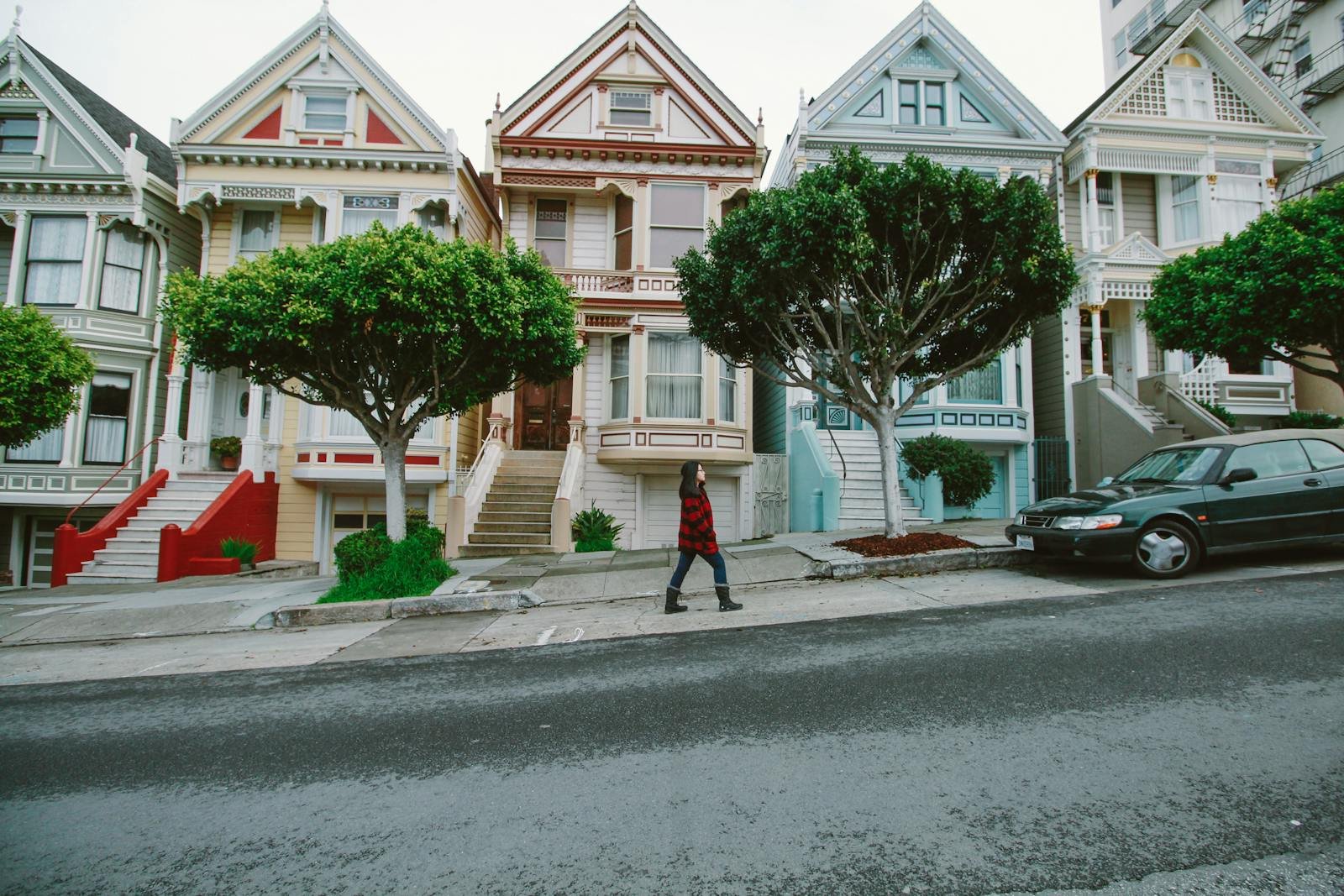

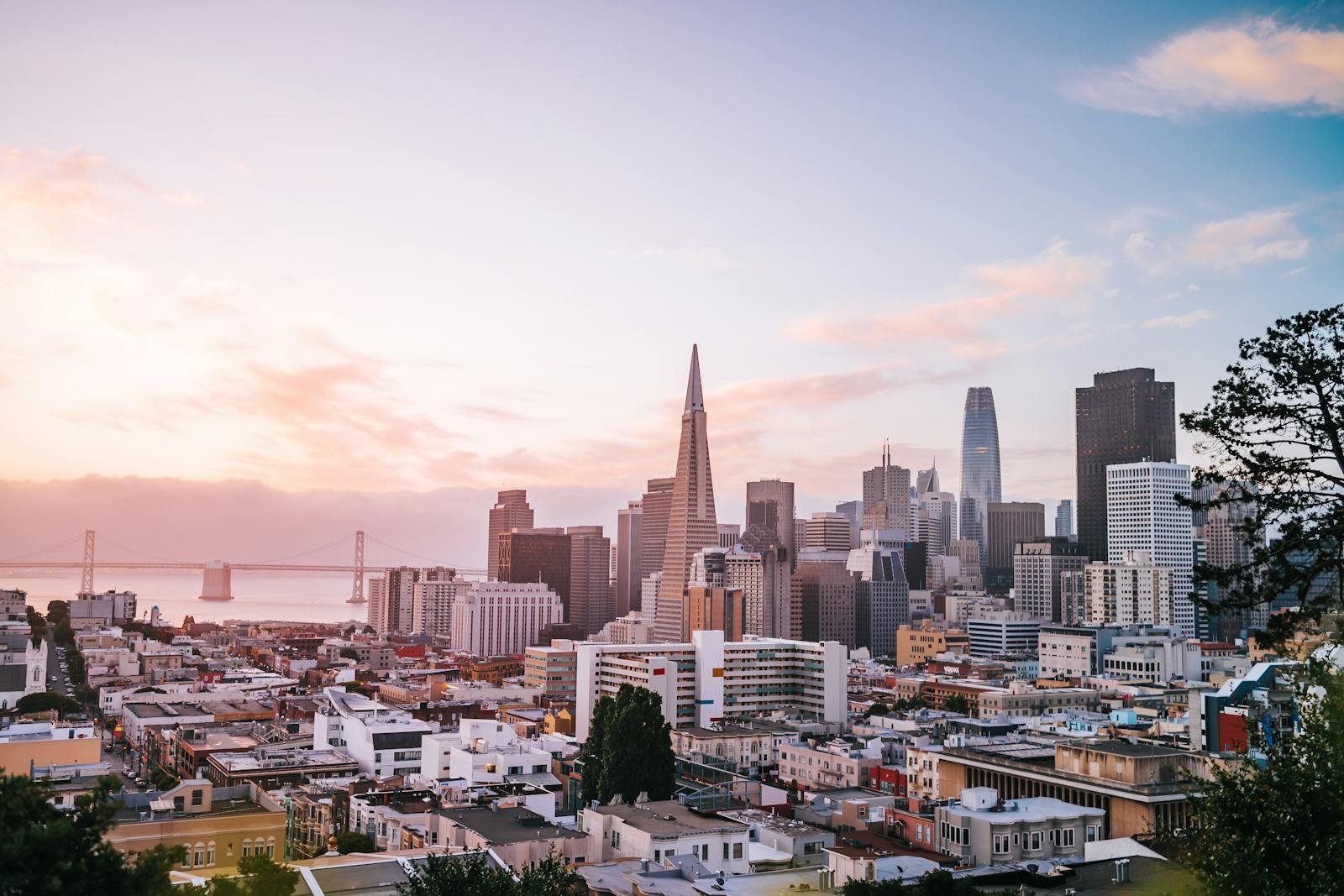

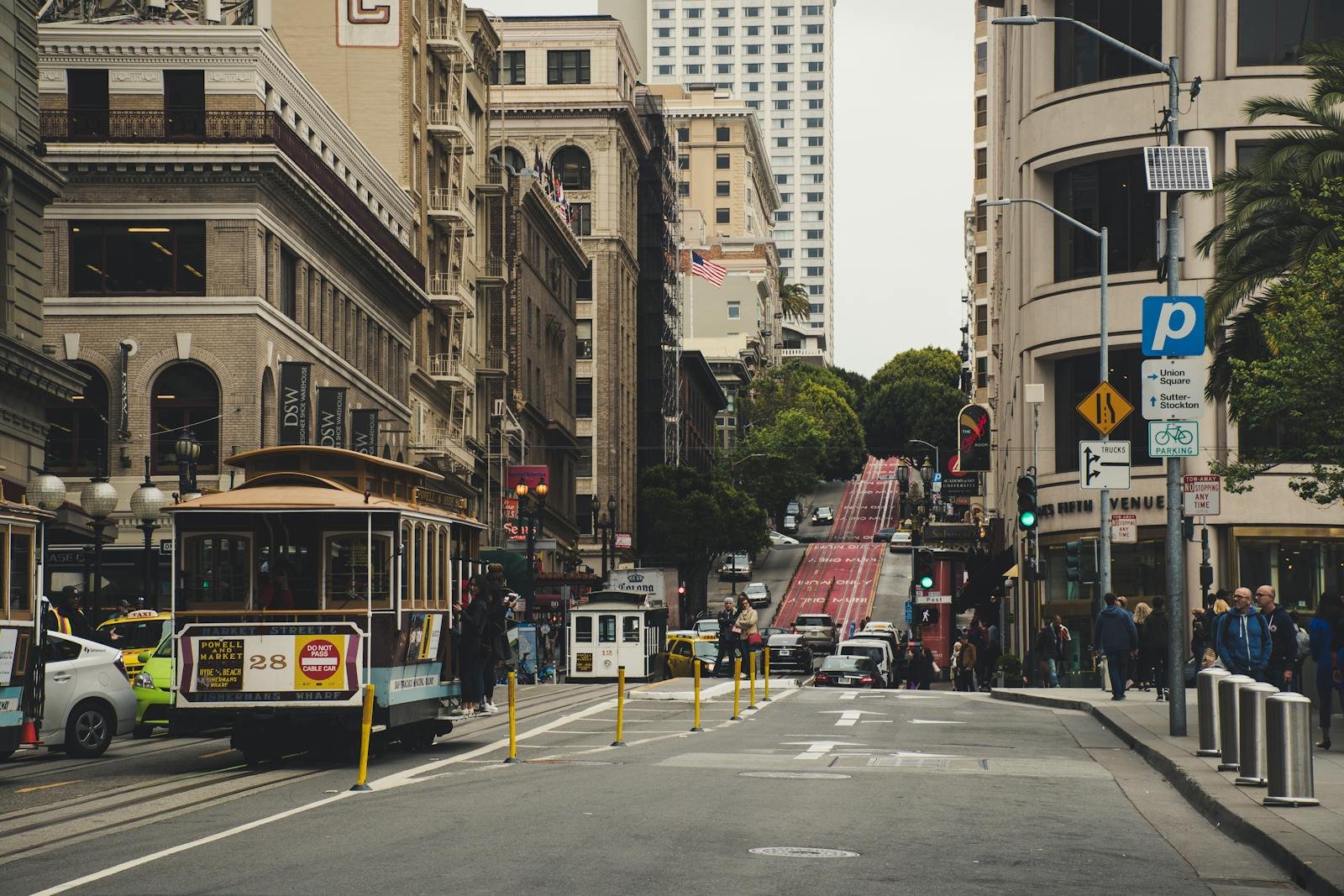

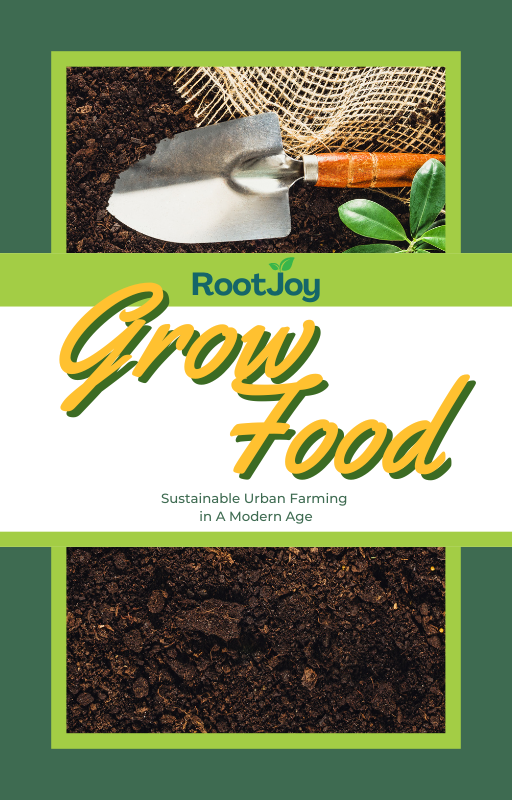
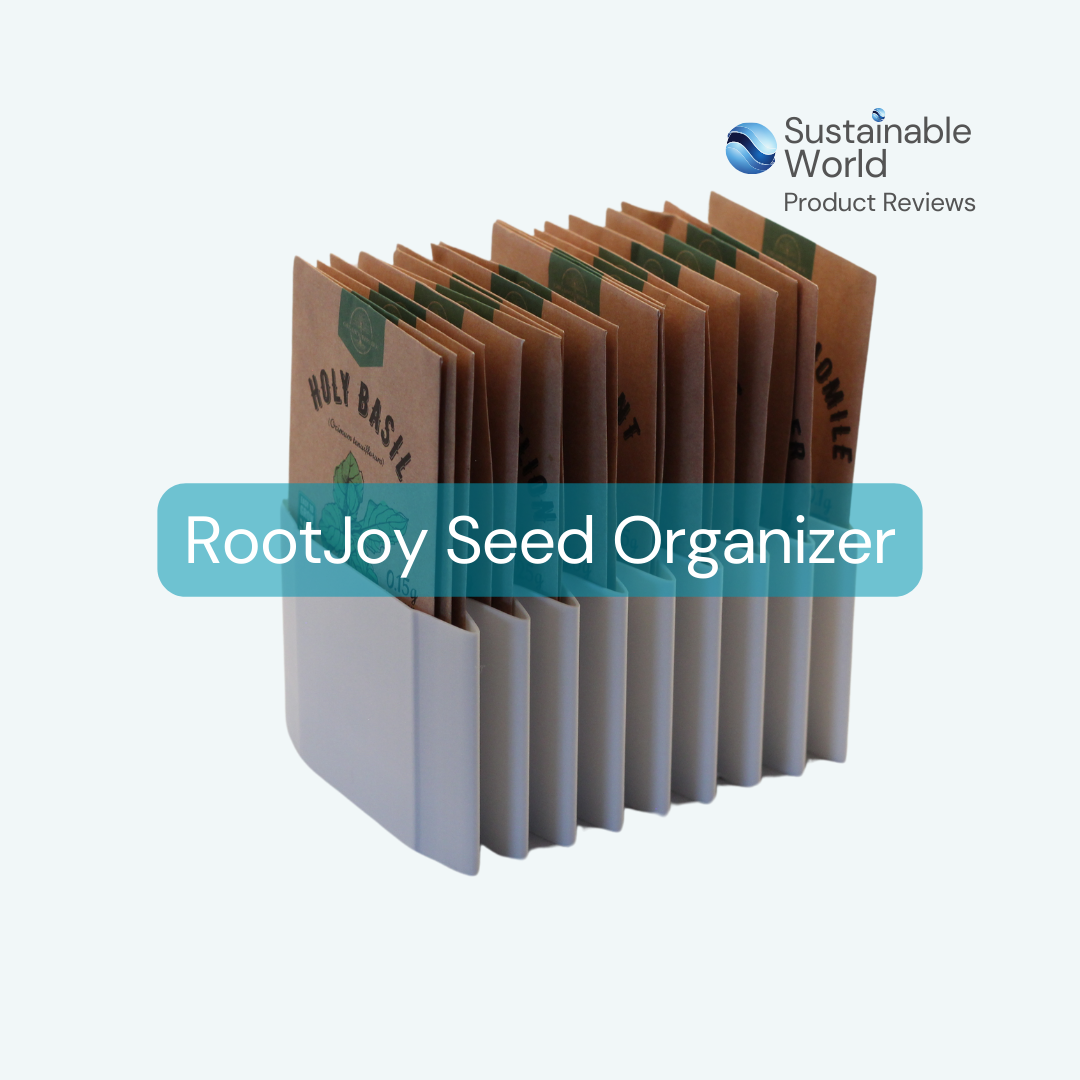
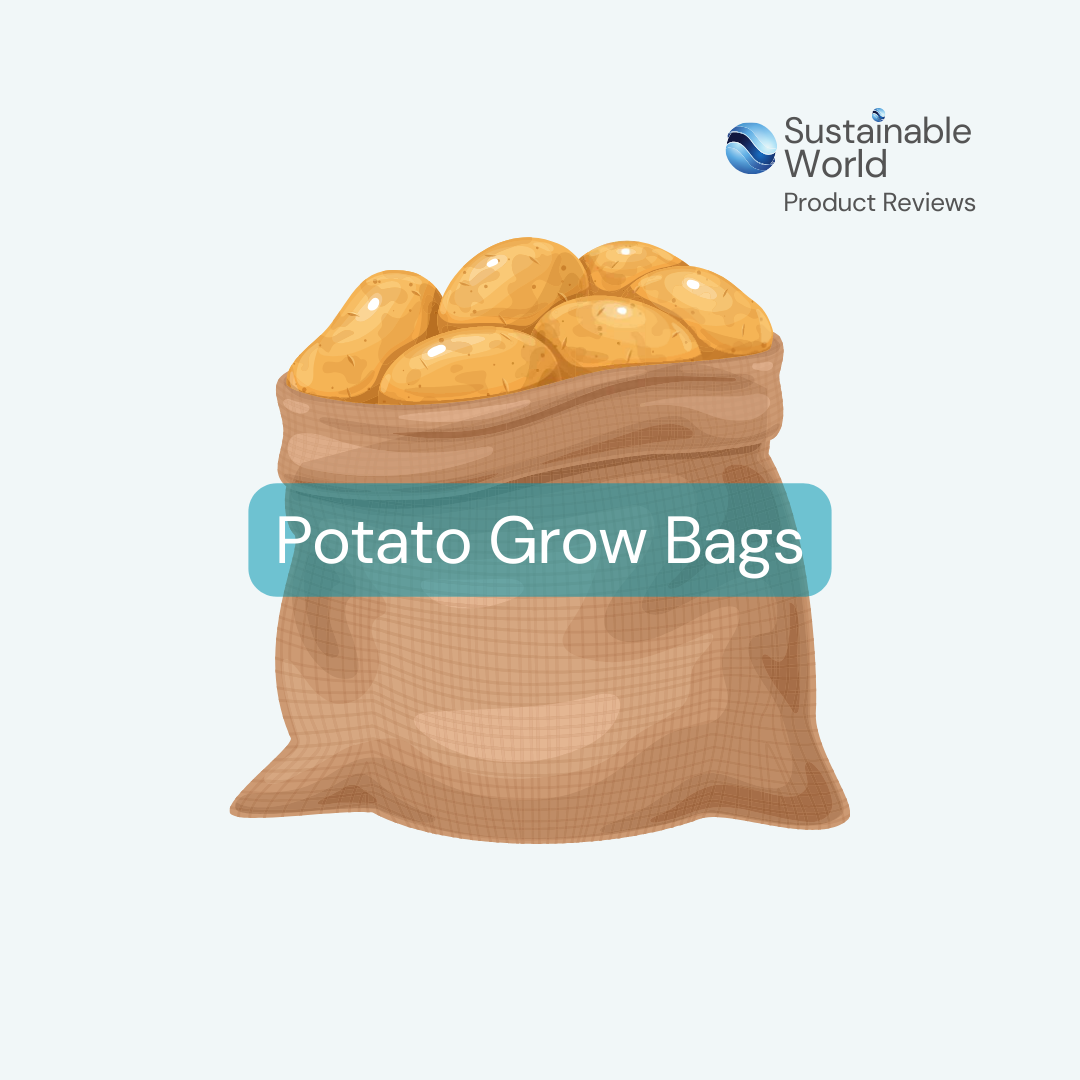
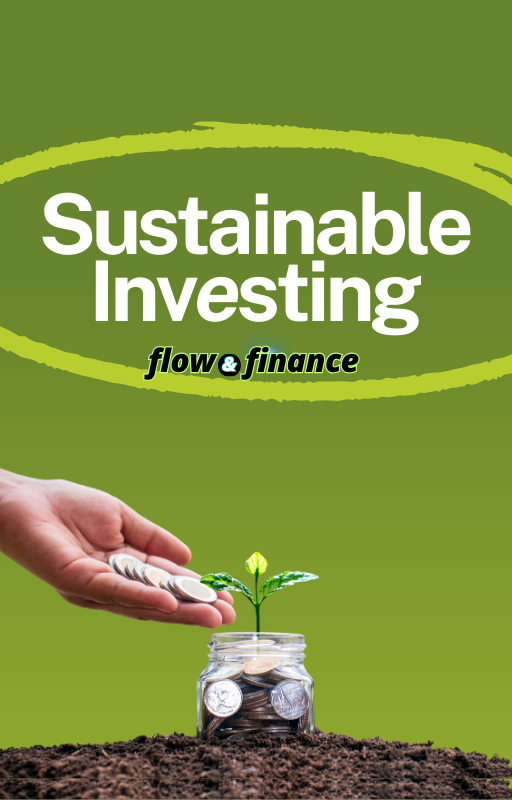
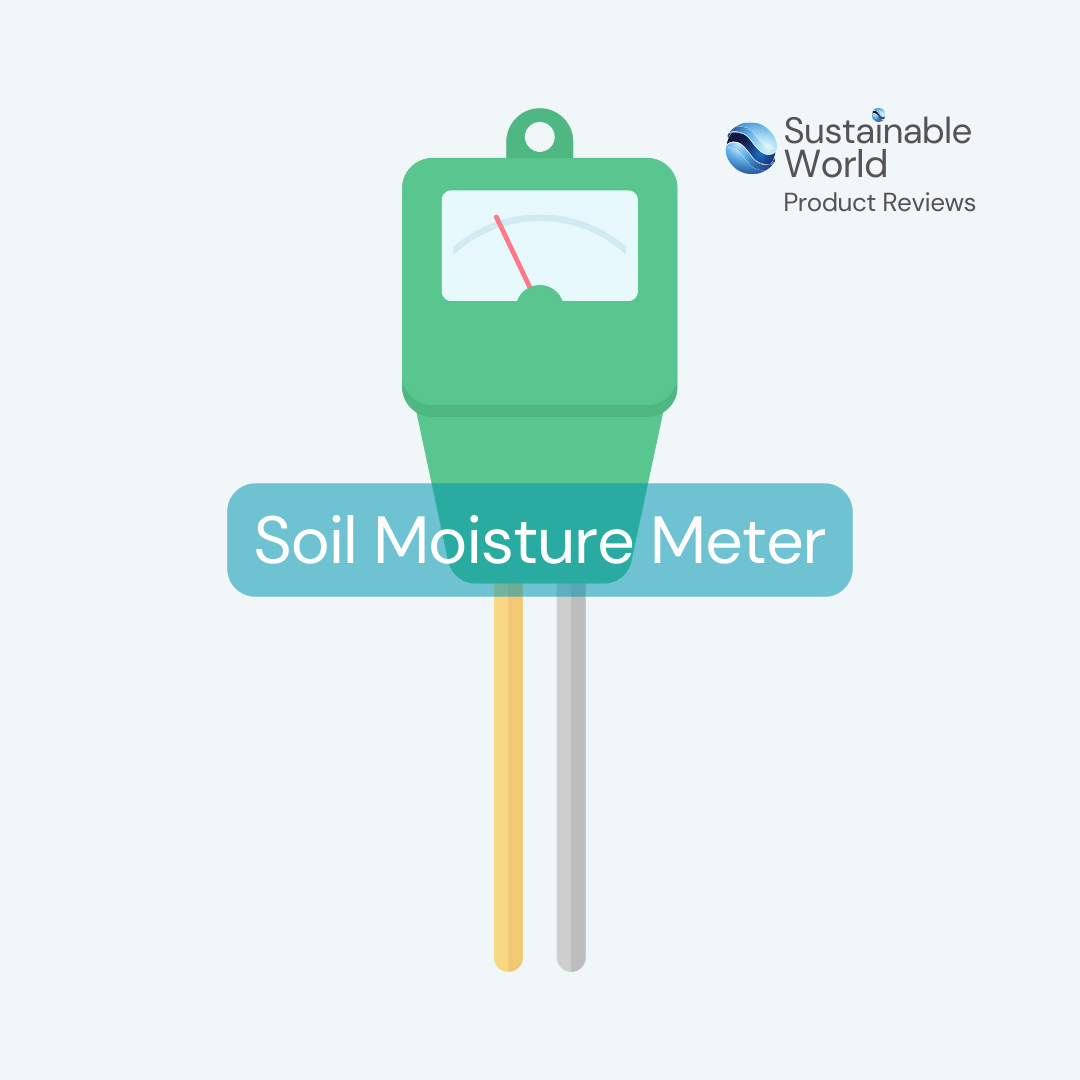
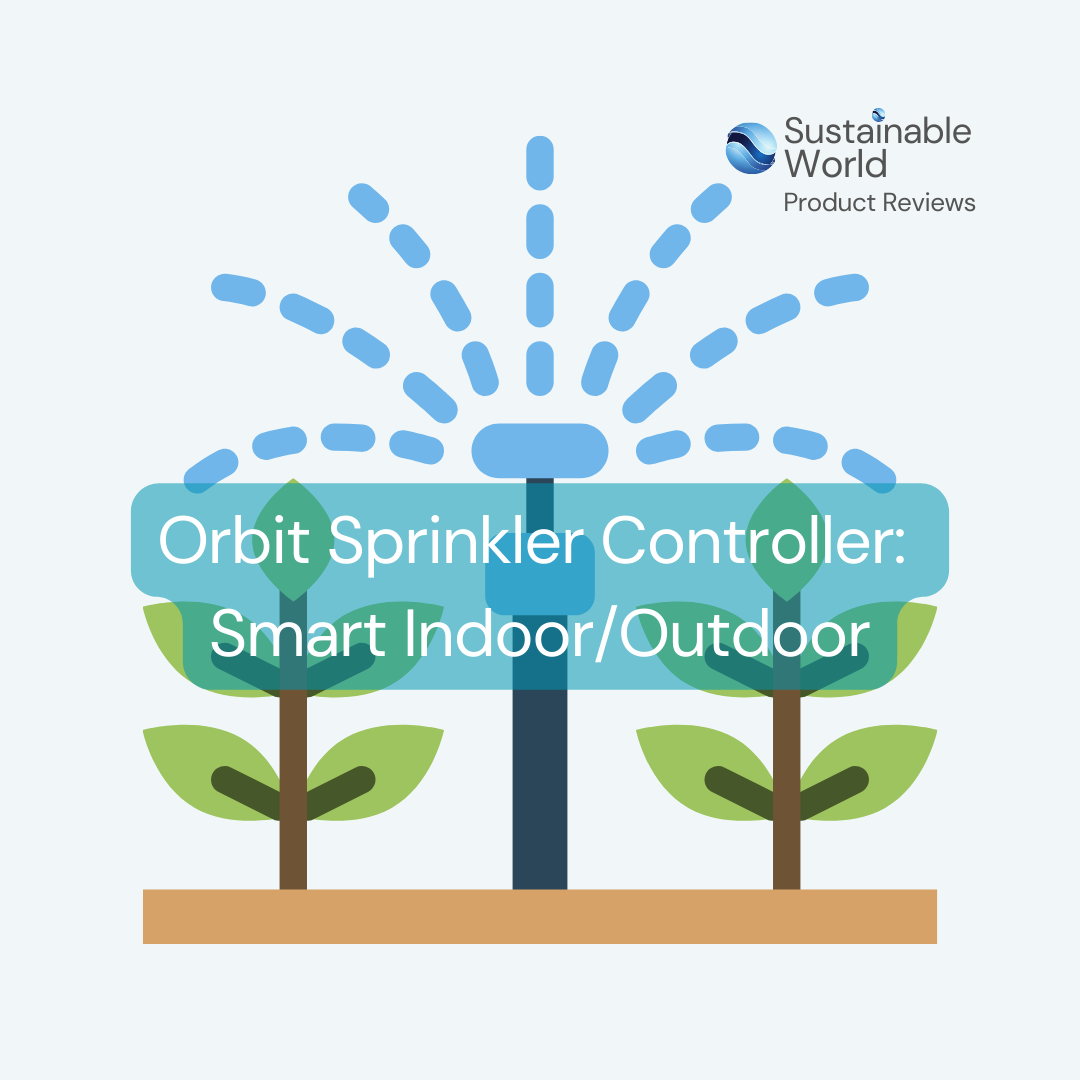
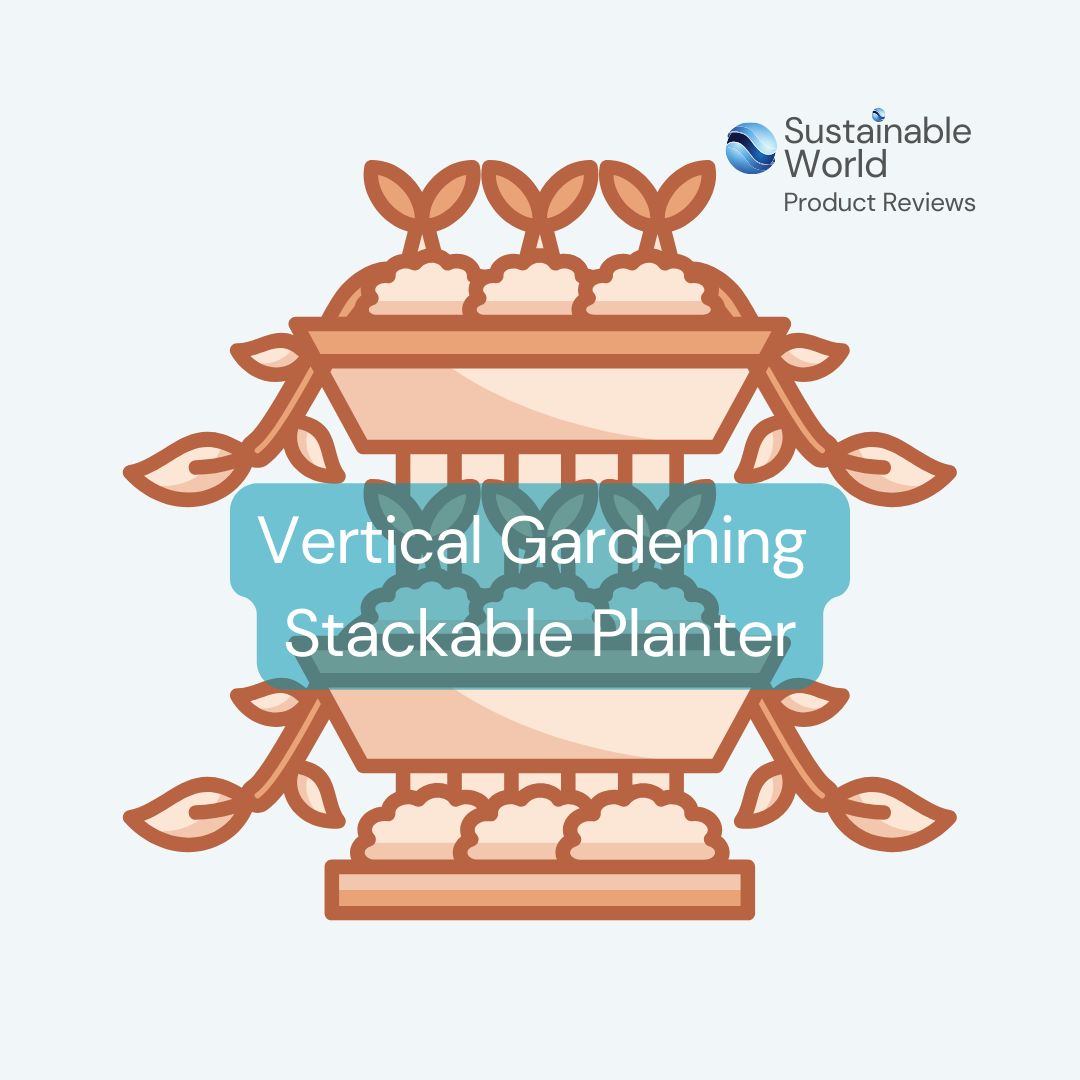
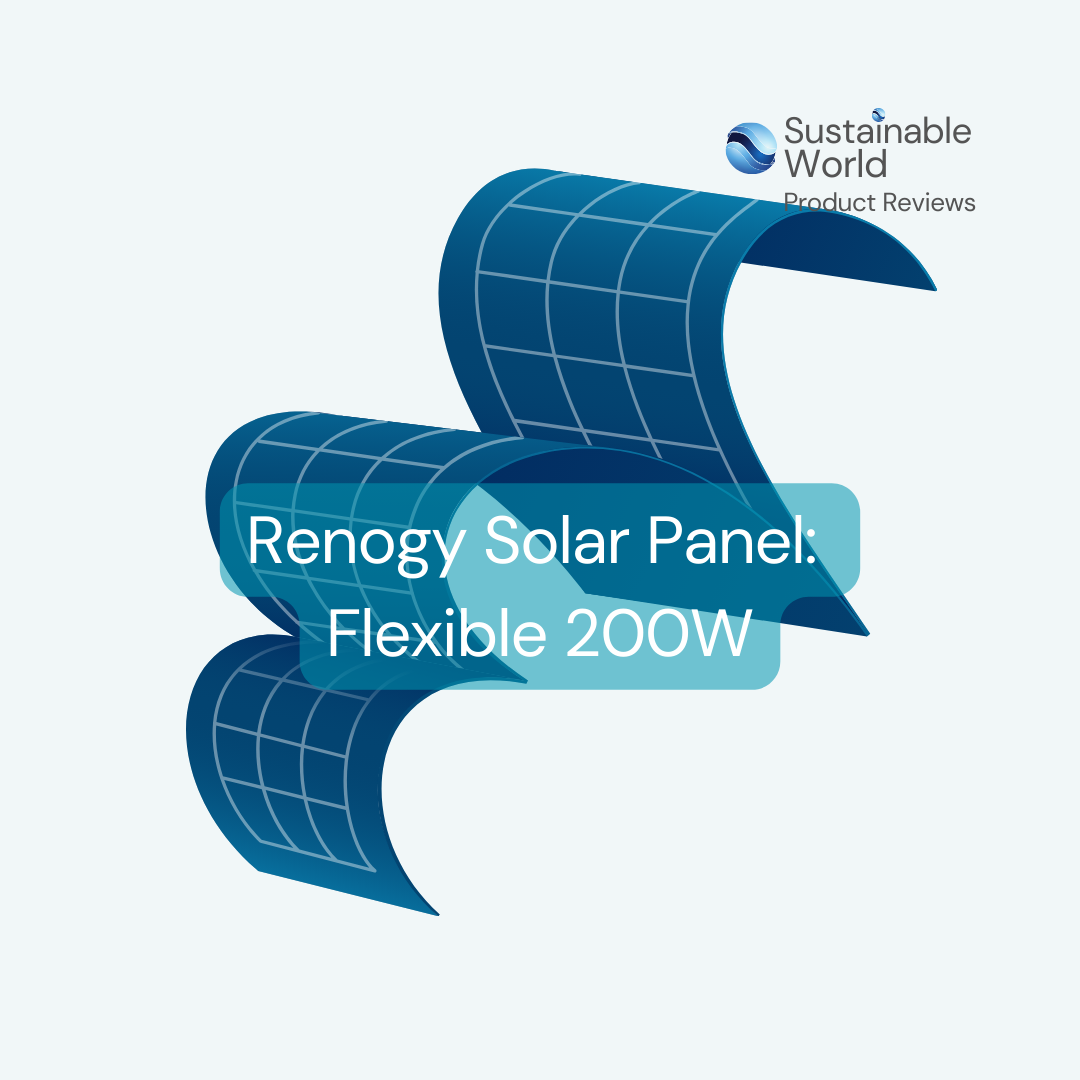
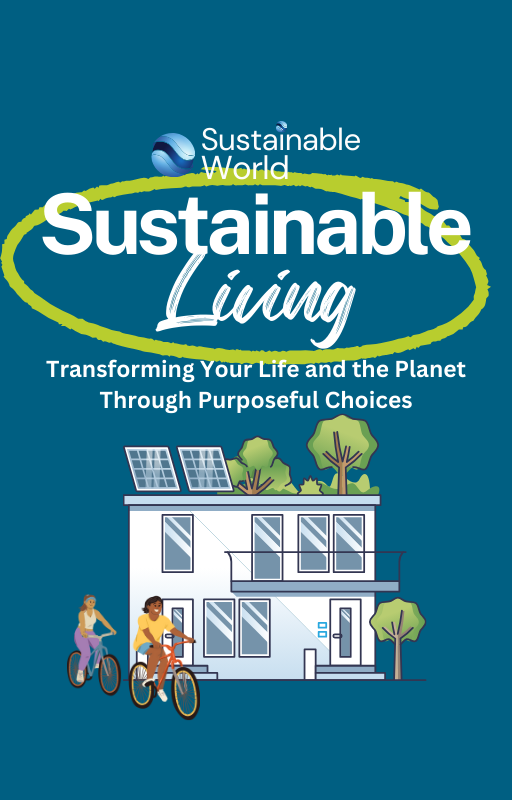
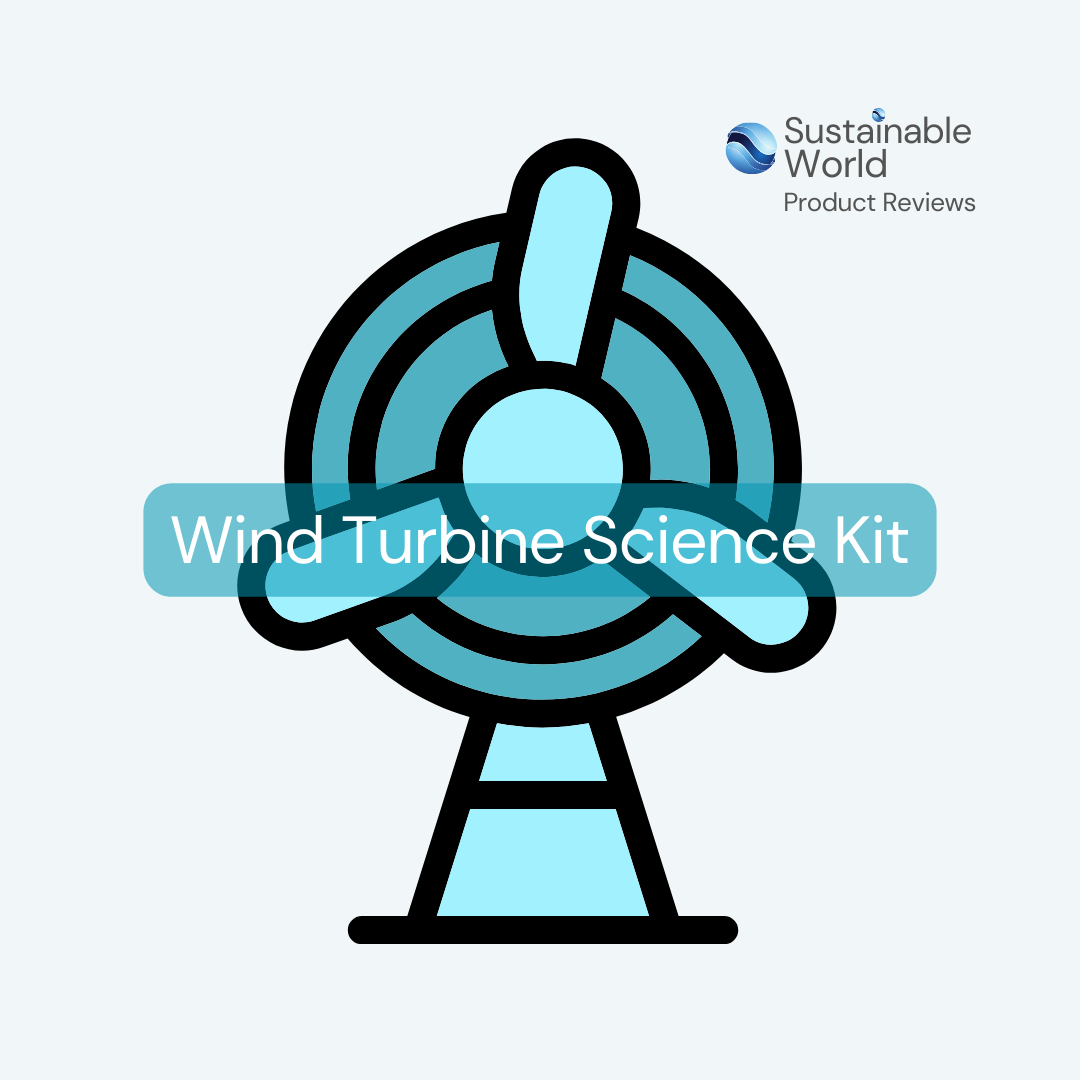
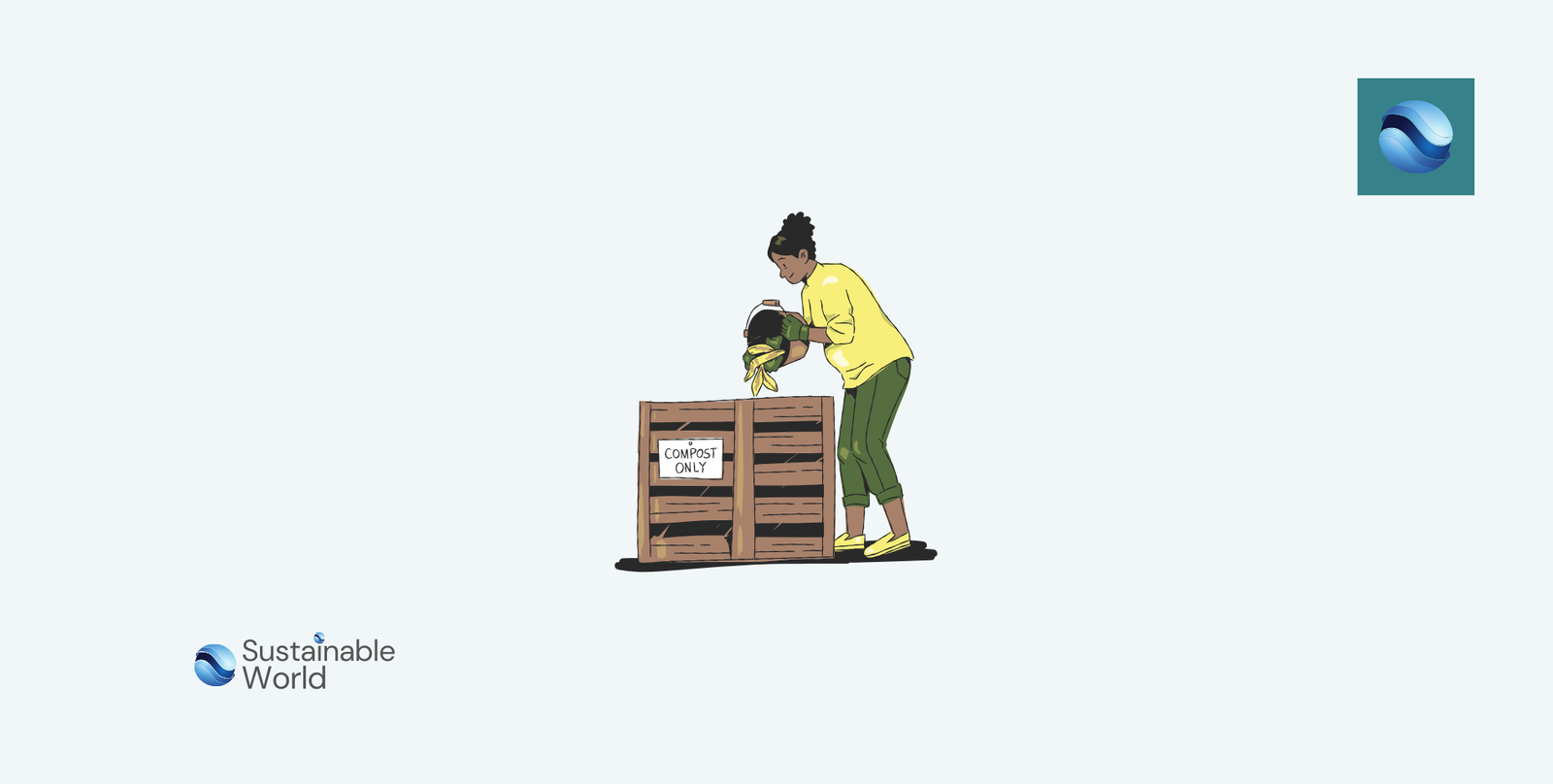

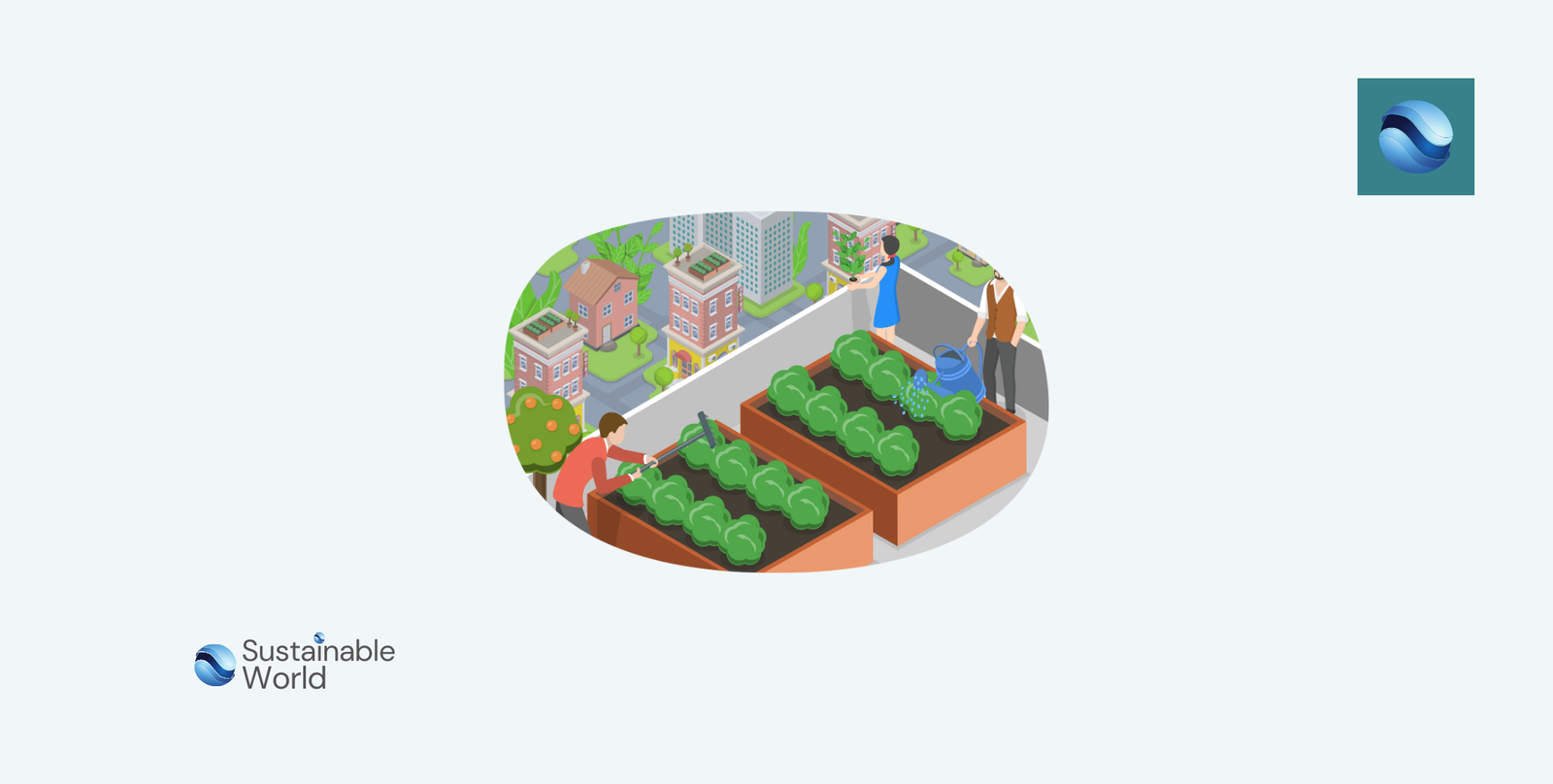
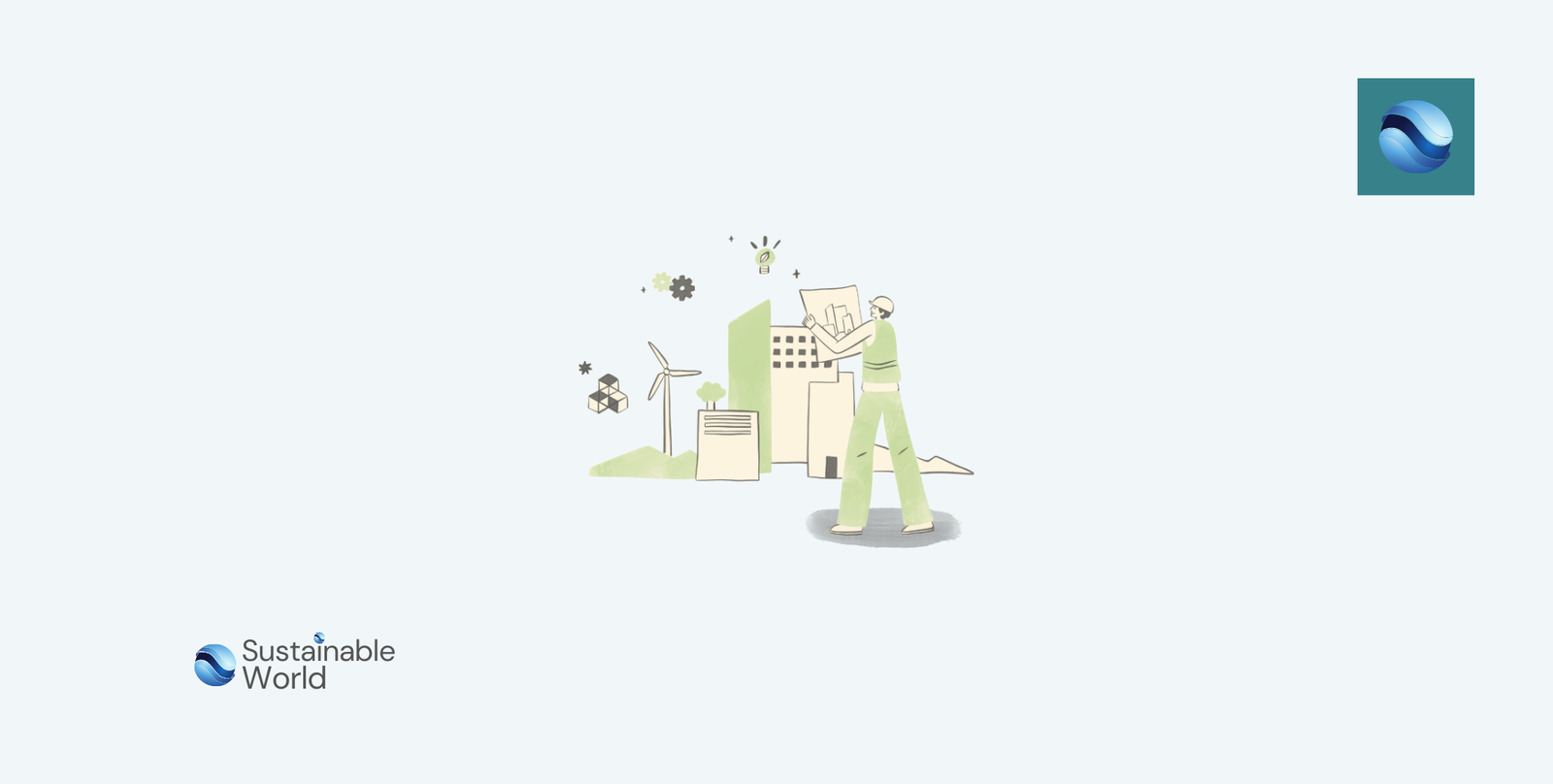
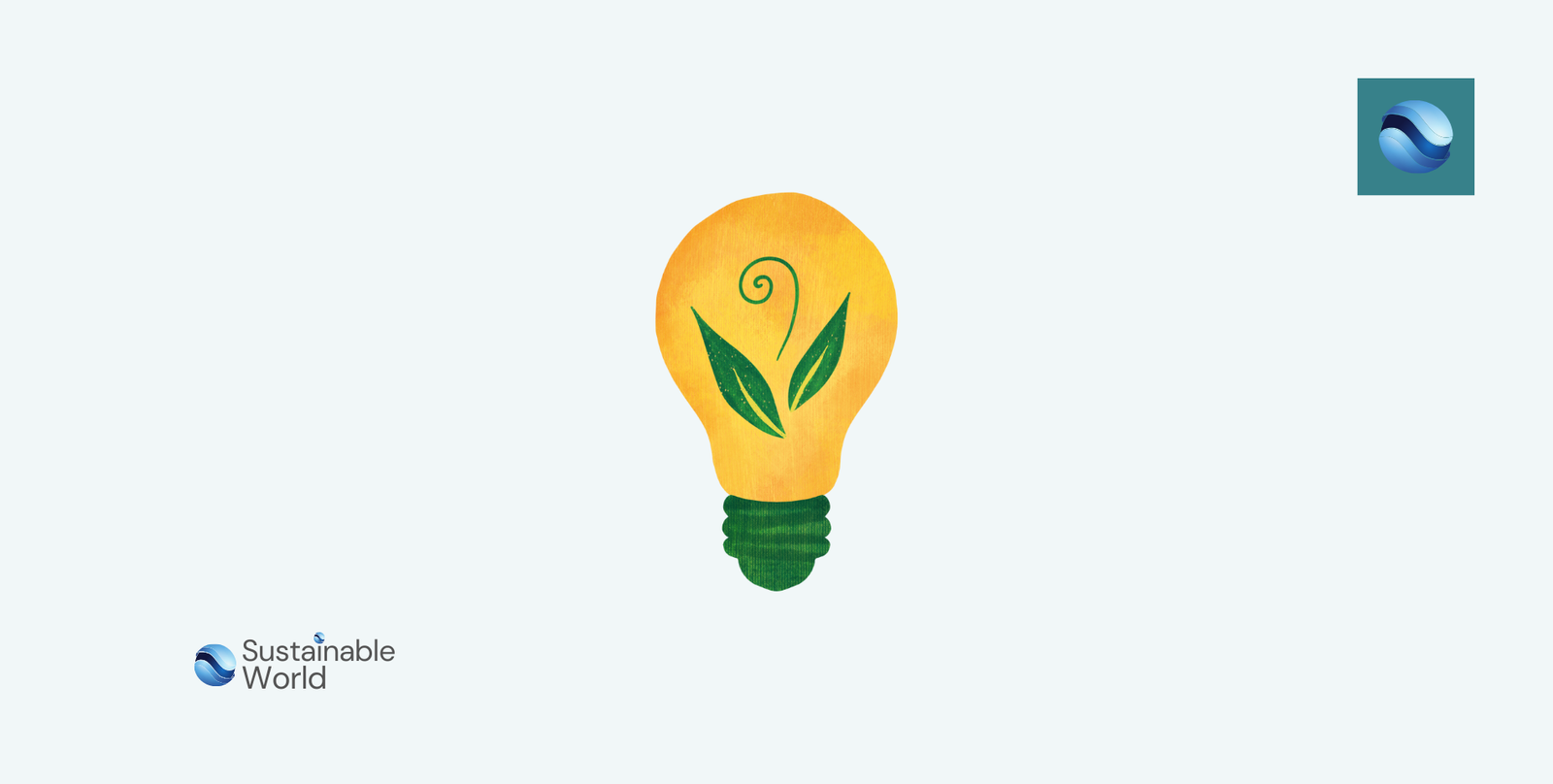
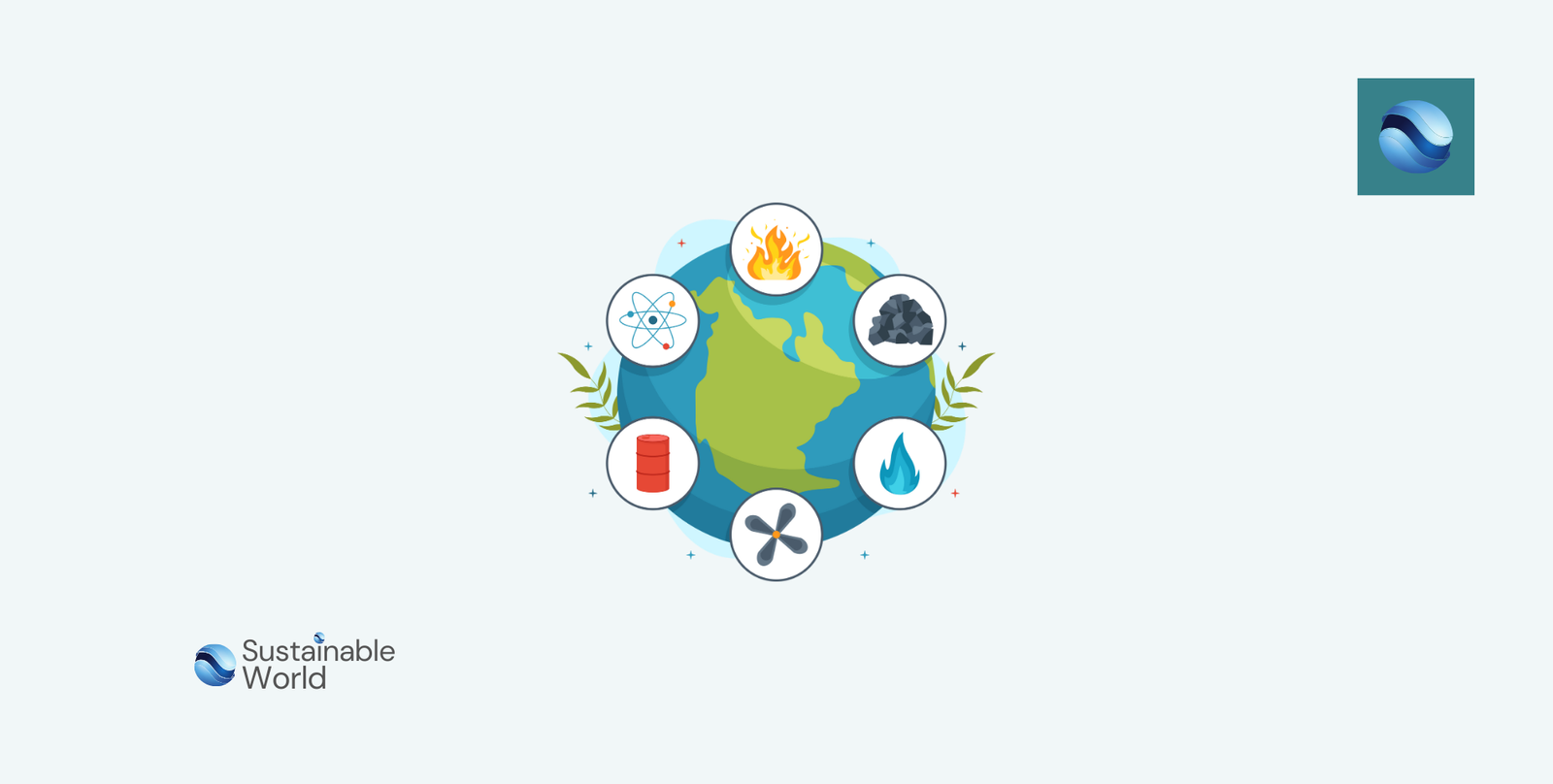
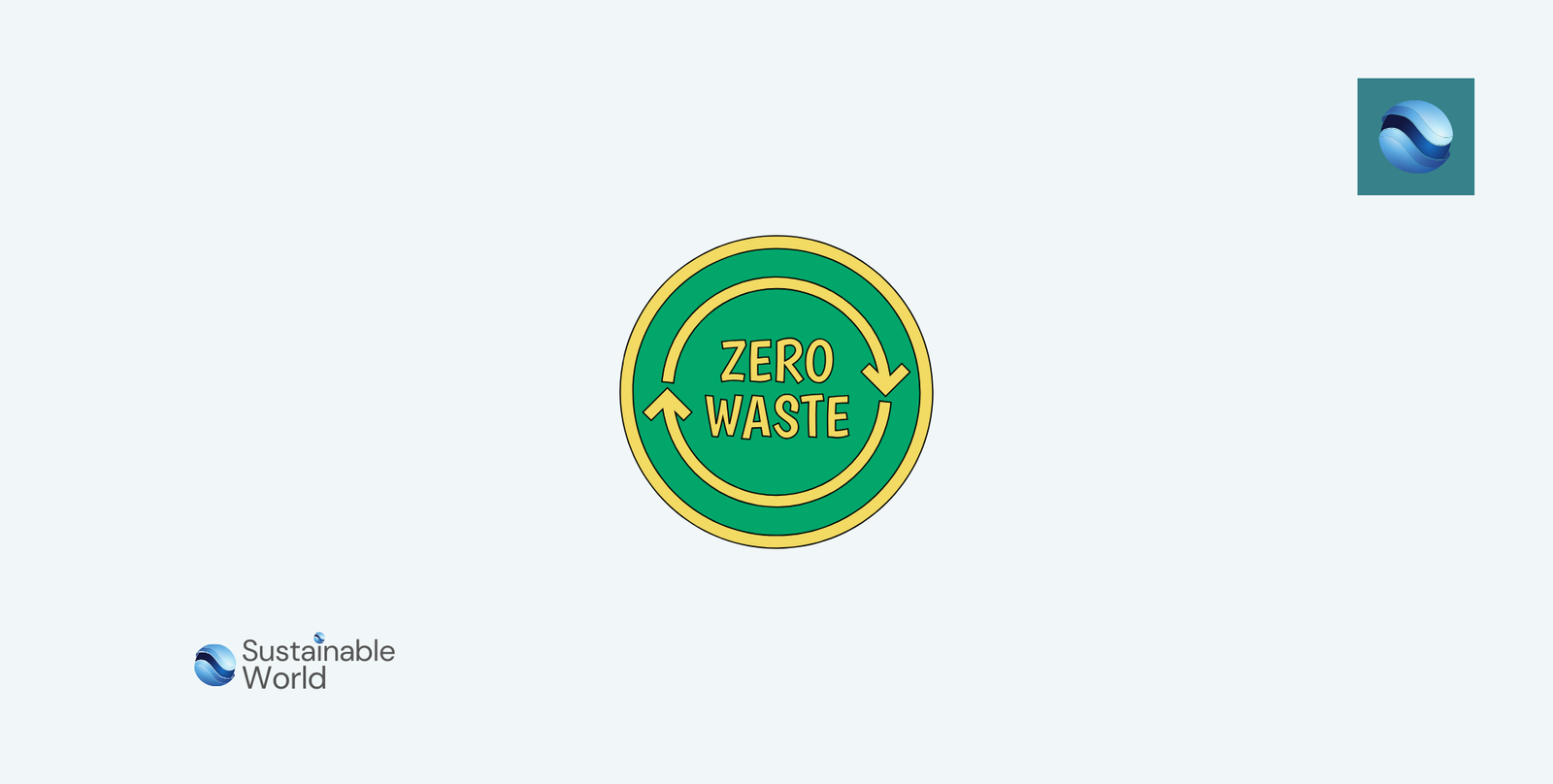
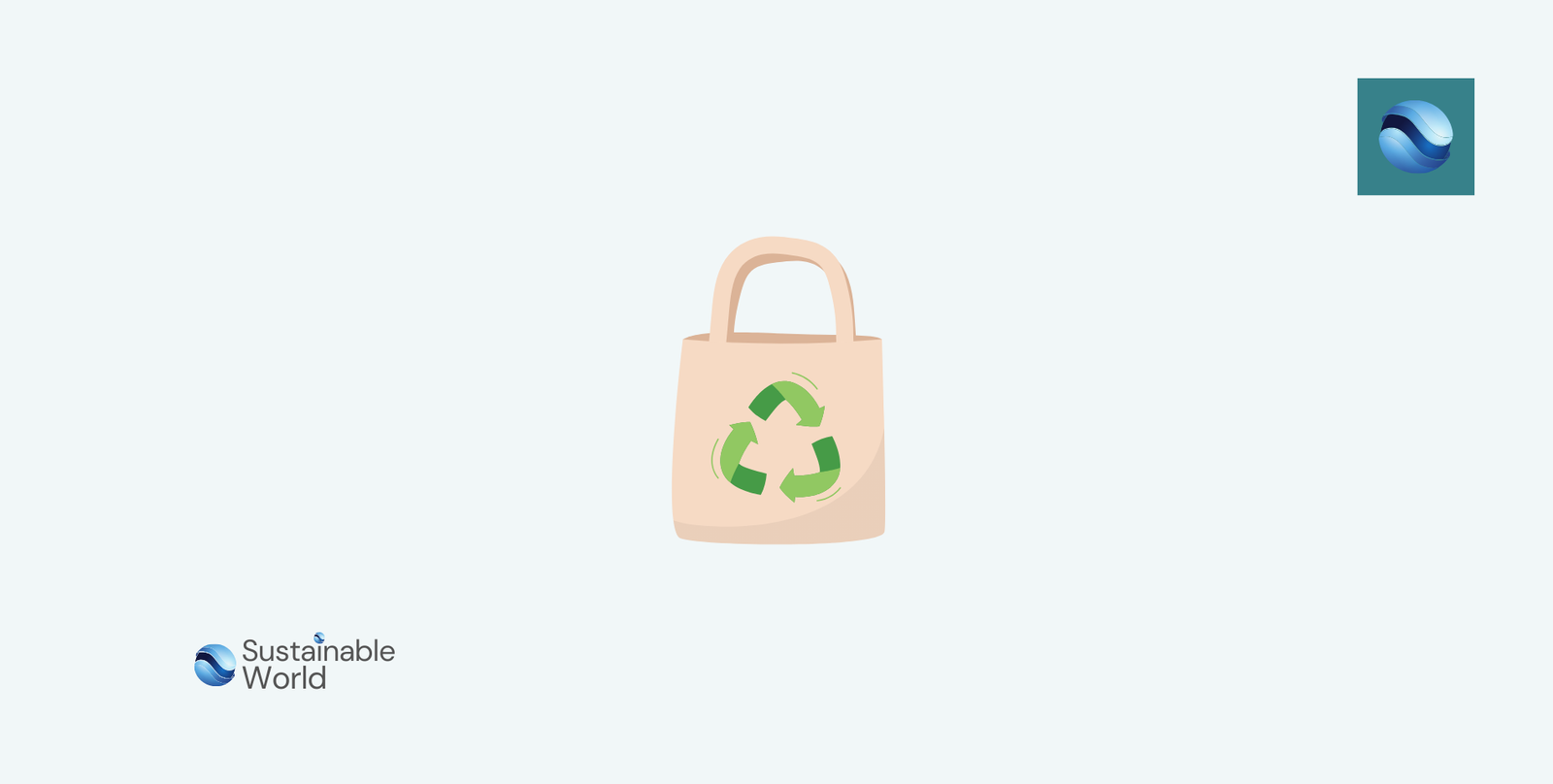
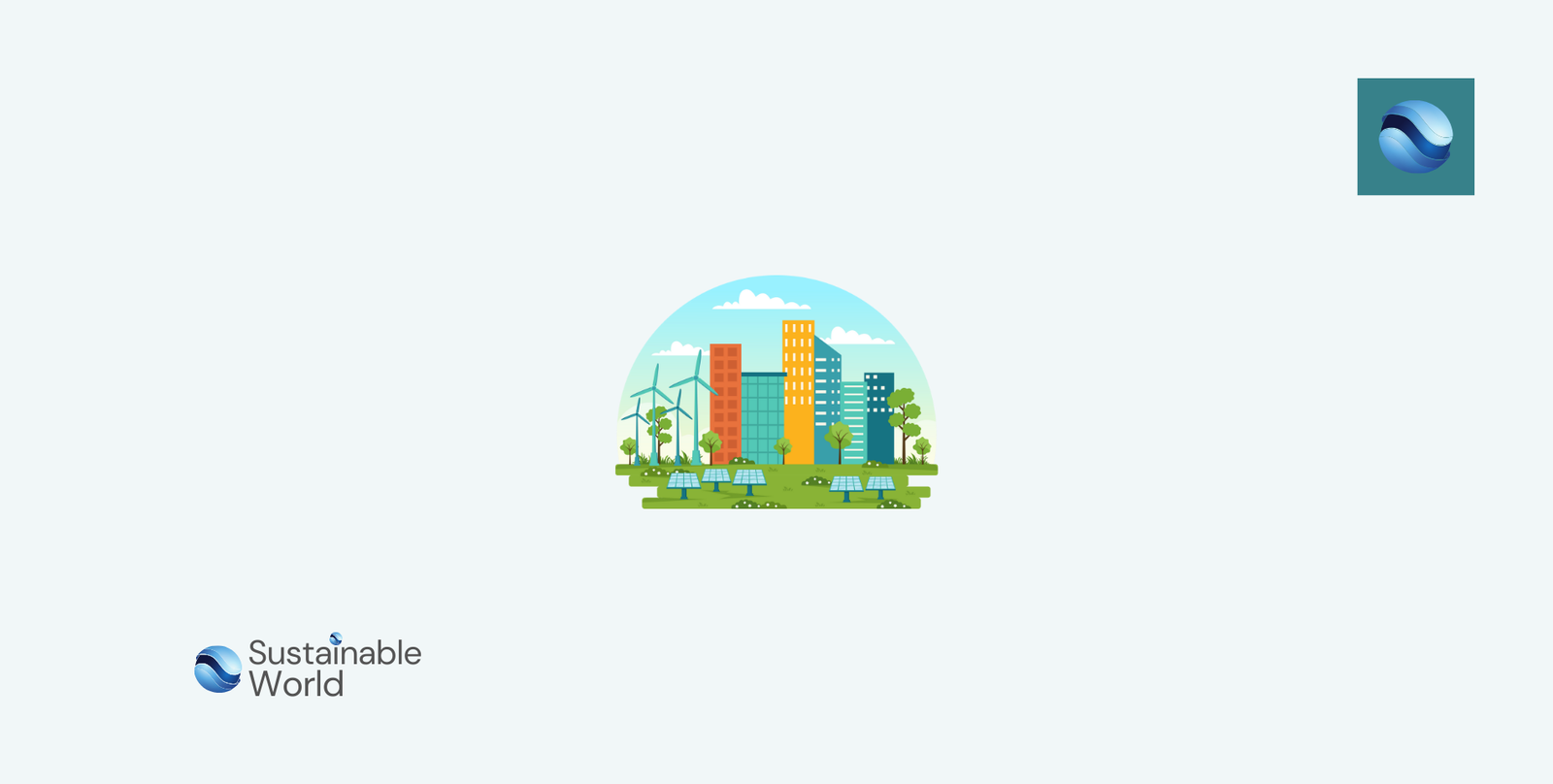
Leave a Reply